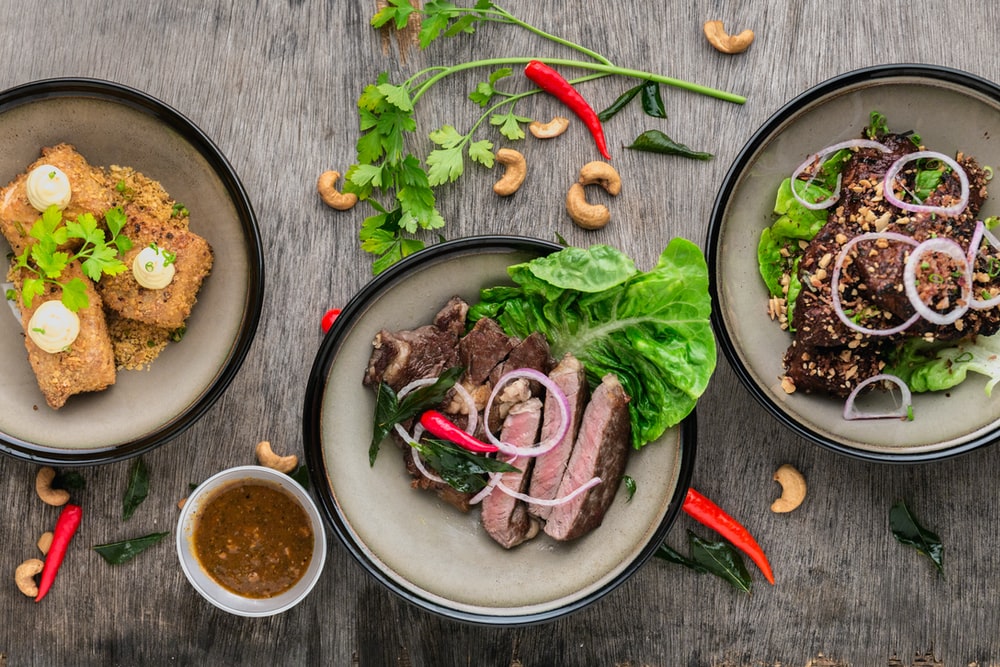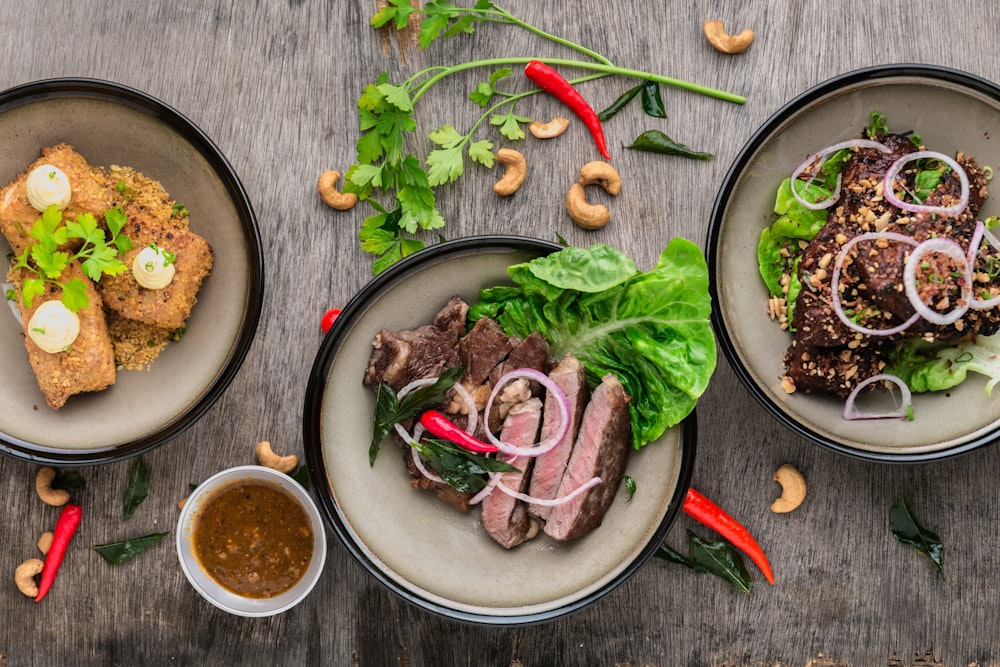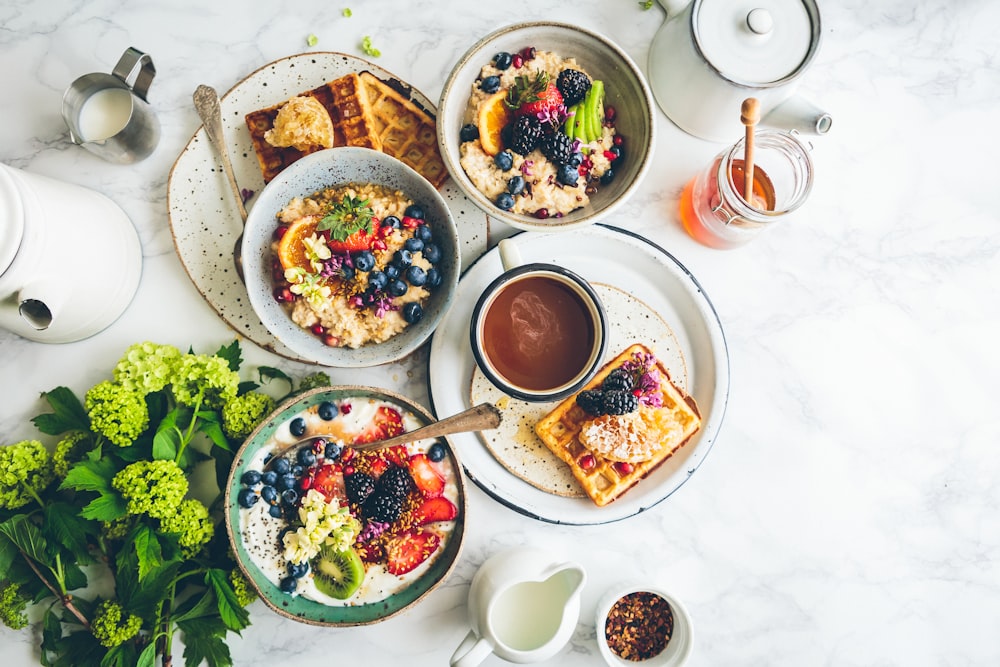In searching for the perfect formula of healthy eating, and achieving our dream body, we’ve seen the rise and fall of all sorts of diet trends. Clean eating is a term thrown around in the health and wellness industry, however, the ambiguity behind this term poses a problem. A study was conducted to find out the perception of clean eating among 1266 adolescents and emerging adults and the definitions obtained were heterogeneous, with 40% describing the term as “non-processed” or “whole foods” and 13% noting “non-GMO” or “organic” components. (Read our article if you’re wondering if you should go organic!)
In a bid to narrow the scope of what constitutes clean eating, we’ve decided to scour the internet for a clearer definition of this term. A narrative we found in common was that it is a diet pattern that focuses on fresh, whole foods while avoiding refined and processed foods as well as preservatives and additives. However, it is up to an individual to determine the rigidity of their eating habits. Some people may go as far as to refuse to eat foods treated with hormones, antibiotics, and pesticides, while others may be more lenient.
“(Clean eating) is a diet pattern that focuses on fresh, whole foods while avoiding refined and processed foods as well as preservatives and additives.”
Whole foods, less preservatives and additives, less salt and sugar? On the surface, the idea of clean eating sounds good. However, a closer look shows how easy it is to fall into the clean eating rabbit hole.
Labelling foods as good and bad
Excessively categorizing foods into good and bad categories may lead us to fall down the rabbit hole of completely avoiding certain foods which may lead to nutrition deficiencies. Some people may refuse to eat any foods containing additives, however, an article published on Medical News Today claimed that there are some beneficial food additives. Vitamin D added into milk was used with the purpose of enhancing bones while iron added to orange juice serve as a source of nutrients for a person.

Clean eating may lead to eating disorders
Clean eating may unwittingly promote diet restrictions that lead to severe eating disorders as people mentally and physically punish themselves for “eating the wrong thing”. Medical experts coined this phenomena as fixation orthorexia nervosa, a fixation on righteous eating.
A study tracked the eating behavior of 762 women and evidence of diets falling under the banner of orthorexia. The experiment is done in a controlled environment where each subject is required to log their meals into an app. The results were then organized into a chart and a pattern is deduced from it. Those adhering to dietary advice are more likely to exhibit dietary restraint which may lead to more obsessive practices and develop into an eating disorder. This study shows the negative effects that diet restriction can have on an individuals mental health, as different eating disorders are results from eating too ‘clean’.
Takeaway
While magazines, and articles glorify clean eating and sing praises about its effects of glowing skin, and heightened energy, an article in the British Medical Journal refuted these claims as a “loose interpretation of facts” as other less restrictive diets can also do the same things. With the right mind set, eating clean is beneficial to the human body as we opt out artificial additives, preservatives and instead aim to eat a healthy diet full of whole foods. (Read here to find out top 5 healthiest cuisines in the world) However, excessive worry and focus on finding the cleanest foods may instead put a person under stress and morph into eating disorders and nutritional deficiencies.
Instead, of categorizing foods as good and bad, aim to eat a healthy variety of foods. Here is a recommendation of what a healthy meal should look like from Harvard University.

References:
““It’s Healthy Because It’s Natural.” Perceptions of “Clean ….” 7 Jun. 2020, https://www.ncbi.nlm.nih.gov/pmc/articles/PMC7352986/. Accessed 29 Dec. 2020.
“Clean eating: 3 myths and truths – Medical News Today.” 9 Feb. 2018, https://www.medicalnewstoday.com/articles/320865. Accessed 29 Dec. 2020.
“11 Simple Ways to Start Clean Eating Today – Healthline.” 8 Apr. 2019, https://www.healthline.com/nutrition/11-ways-to-eat-clean. Accessed 29 Dec. 2020.
“Margaret McCartney: Clean eating and the cult of healthism ….” https://www.bmj.com/content/354/bmj.i4095. Accessed 29 Dec. 2020.
“(PDF) Is #cleaneating a healthy or harmful dietary strategy ….” https://www.researchgate.net/publication/333567123_Is_cleaneating_a_healthy_or_harmful_dietary_strategy_Perceptions_of_clean_eating_and_associations_with_disordered_eating_among_young_adults. Accessed 30 Dec. 2020.
“Healthy Eating Plate | The Nutrition Source ….” https://www.hsph.harvard.edu/nutritionsource/healthy-eating-plate/. Accessed 30 Dec. 2020.




